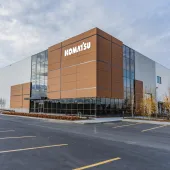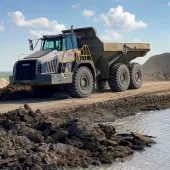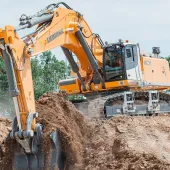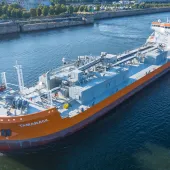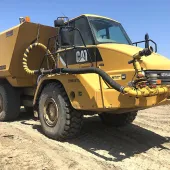Tervita clear the air with Dust Control Technology equipment
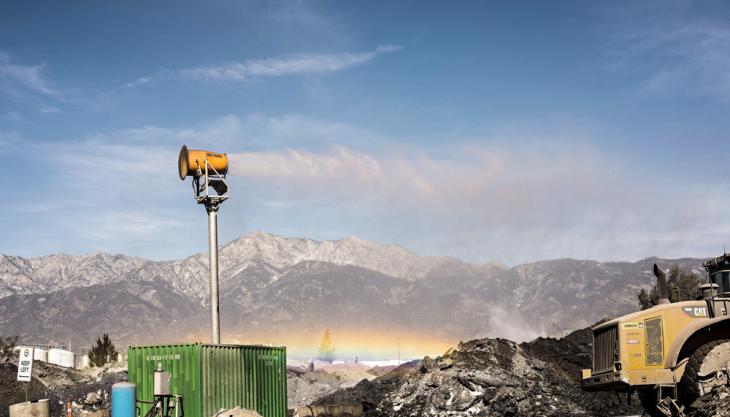
Canadian slag recycling firm uses atomized mist technology to meet air quality regulations
TERVITA, the Calgary-based environmental solutions firm, are using industrial atomized mist technology to contain fugitive dust emissions and control runoff to satisfy strict state air quality regulations at their US slag recycling plant in California.
The recycling operator was tasked with controlling dust while conserving water in Rancho Cucamonga, an area known for high winds. The firm accomplished this goal by integrating a tower-mounted DustBoss DB-60 dust-suppression system with a modified shipping container in an innovative design that stabilizes the unit and protects the electronics.
The end result is a significant reduction in dust emissions, improved regulatory compliance and better community relations, thanks to the equipment provided by Dust Control Technology (DCT).
Tervita receive around 300 tons of materials a day in 10 to 14 dumptruck loads, which are then offloaded into a 200ft x 100ft (61m x 30.5m) storage area separated into two sections. Newly delivered slag on site is wetted, cooled, mixed and cured by a combination of water, front loader and time.
‘When we installed the new state-of-the-art crusher, we streamlined the recycling process into a faster operation that is dust-free because of the bag house filtration system,’ said Carson Swartz, operations supervisor for Tervita. ‘But the storage and cooling area was a big issue. Whether offloading, churning or moving the slag to the crusher, it’s constantly being disrupted, causing a lot of dust.’
Prior to installing the DB-60 suppression unit, the company tried using a moveable sprinkler irrigation system left in place by the previous operators. Tervita found that the sprinkler system only saturated the surface material, which caused large amounts of runoff and did not properly address the dust generated on site.
The company instead strategically placed a 6m x 2.4m x 2.5m shipping container in the storage and cooling area. Working with DCT technicians, the container was reinforced with a heavy-duty steel frame and modified to mount a 12ft high steel tower topped by the DB-60 equipped with a 359º oscillation system, making the total height from the ground approximately 28ft.
Inside the container, a touch screen panel is mounted on the wall that allows operators to control the elevation, oscillation arc, booster pump pressure, fan output and water volume. Many of these functions can also be modified outside the container by remote control.
Pumped through a 1.5in hose to a circular brass manifold, the water is delivered through 30 atomizing spray nozzles, which fractures it into millions of tiny droplets. The mist is propelled by a powerful 25hp electric fan that produces 30,000 cubic ft/min of airflow through a specialized cylindrical barrel design.
Atomized droplets are launched in a 200ft long cone at an adjustable 0-50° angle, covering a total area of 125,000 sq ft when using the full 359º oscillation.
According to DCT, atomization introduces more droplets into the air than hoses or sprinklers, using a fraction of the water volume. Because the mist is propelled by a fan rather than water pressure, the DB-60 unit uses only about 25 gal/min to cover the area, as opposed to an industrial irrigation sprinkler system that can require up to 500 gal/min to adequately service the same area.



